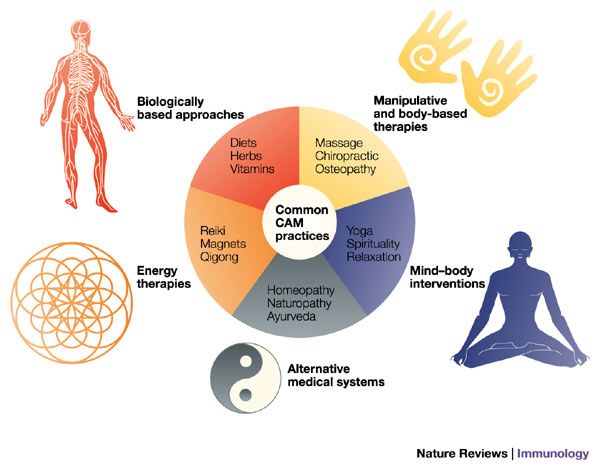When it comes to complementary therapies, there is a lot of confusion. Let’s try to clarify a little about this issue, and to clarify what they are and how to heal with complementary therapies. Before starting, we emphasize the fact that any therapy must be agreed upon with your doctor, or with a specialist.
We often hear about complementary therapies, but don’t know what it is all about. For example, it is easy to confuse complementary therapies with alternative ones. In fact, these are two very different things. Here is the main difference:
- Complementary Therapies: Therapies that complement conventional therapy, perhaps with the aim of reducing the side effects of the former.
- Alternative therapies: therapies that replace conventional therapy.
When combining the practices of traditional medicine with those of complementary medicine, we speak of integrative medicine
Complementary therapies: healing with the mind-body approach
Many complementary therapies are based on the assumption that our mind is capable of helping the healing of our body. There are many complementary therapies that are based on this assumption, and many are practiced regularly, without there necessarily being a disease to cure.
In fact, these are practices that aim at the general well-being of the person:
- Yoga
- Guided sleep meditation
- Tai-chi
- Qigong
Generally, they are practices born in the Far East, which are based on breathing control techniques, concentration, controlled movements. Simplifying, we can say that they aim at finding a balance between mind and body.
Among the complementary therapies there are also those that are based on a manual action that is practiced on one or more parts of the body. These are called manual therapies, including the classic massage.
Among the manual therapies we find chiropractic, which deals with joints and spine. Often confused with osteopathy which focuses only on the joints. Reflexology is based on the solicitation of certain points of the hands or feet. Even with a dry needling Brisbane, specific points in muscle (usually knotted or tight muscles) are stimulated throughout the body with the use of needles.
Therapies with natural products
Many complementary therapies involve the use of natural products such as supplements, herbs, flowers, berries. For example, the principles contained in plants are the basis of phytotherapy. Nutritherapy, on the other hand, aims to reduce diseases by acting on nutrition. Even homeopathy, now widespread also in Europe, is a complementary therapy. This is based on a concept not recognized by the scientific community, according to which the cure for a disease can derive from the Homeopathic Principle. It consists of a substance that induces symptoms similar to those induced by the disease and administered in diluted form would lead to healing.
As we specified at the beginning of this article, complementary therapies must be combined with conventional therapy. In no case can complementary therapies represent the cure for a disease. This is not to say that these therapies are useless and we have no effect. Many complementary therapies and also some alternative medicine therapies are also recognized and practiced in our hospitals. We often find ourselves using these therapies to treat ourselves even unconsciously, benefiting for example from massages and manipulative therapies.
In case of serious pathologies it is however necessary to rely on your doctor and make him aware of the complementary therapies that we are using.
Often these therapies do not directly affect the disease, but on the side effects of the drugs we take. Or even about the symptoms of the disease. In this way they promote the healing process and are a support to relieve the patient’s suffering. In fact, they are often used in the treatment of serious diseases such as tumors. It goes without saying that also for complementary therapies it is important to turn to professionals, avoiding to do it yourself, or to put yourself in unreliable hands.






